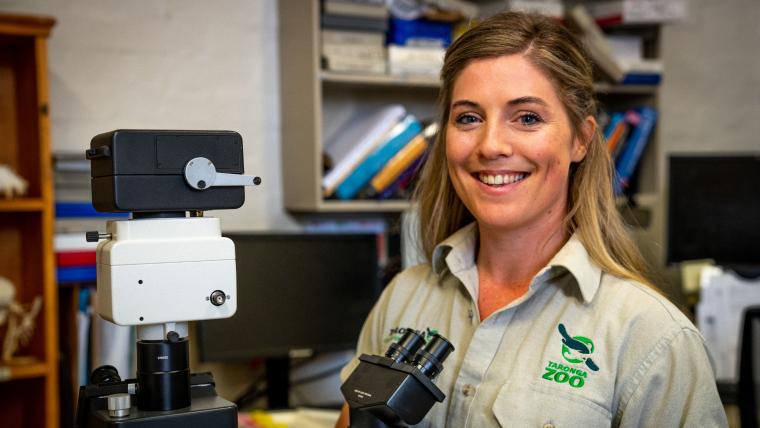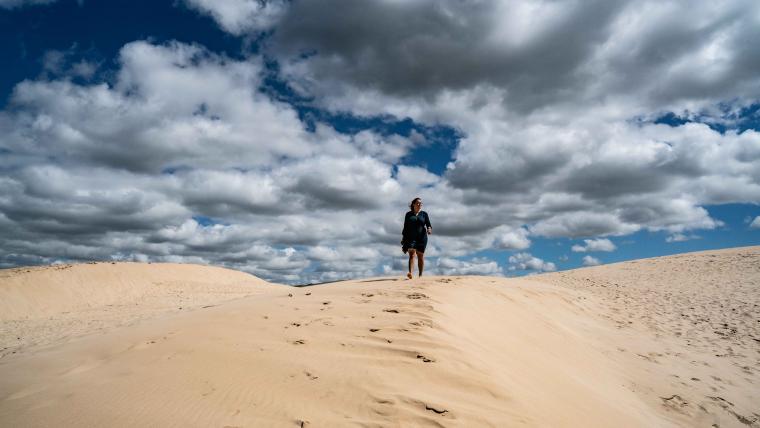
This pathologist is combating the illegal wildlife trade with forensic science
Where has all the wildlife gone? In the last 50 years, animal populations have declined by 68%. “The illegal wildlife trade is now one of the top two causes of the decimation of species on Earth,” Lydia Tong says. As a zoo and wildlife pathologist, she’s determined to tackle this crisis head on. But with no way of refuting traffickers’ claims that the animals they sell are captive-bred and not poached, the industry has soared at a value of up to 23 billion dollars every year. Now, Tong has discovered a revolutionary technology that can disrupt this pernicious trade.
Since the beginning of her career, Tong was driven to protect animals from abuse. Over the years, she was one of the few people using forensics to tackle welfare issues. After she started working at Taronga Zoo Sydney in Australia, Tong joined the WildENFORCE team. The group of experts is dedicated to developing new technologies to curb wildlife exploitation. Together, they have created a groundbreaking test that can differentiate between wild and captive animals. By examining chemical patterns in an animal’s keratin, Tong is able to determine if its diet is artificial or natural. The method was trialled using the quills of the highly targeted short-beaked echidna, with 99% accuracy.
The team’s findings have positioned Australia at the forefront of the battle against wildlife trafficking. “What we’ve been able to do is establish a scientific method to identify potentially illegally traded animals,” Tong says. She hopes to introduce the test around the world, particularly in poaching hotspots, where officials can take a sample and send it to a facility for diagnosis. With this approach, governments can effectively indict traffickers while safeguarding local wildlife. “We can make a difference fighting for the animals that are not in a position to fight for themselves,” Tong says.






























Please sign in to leave a comment